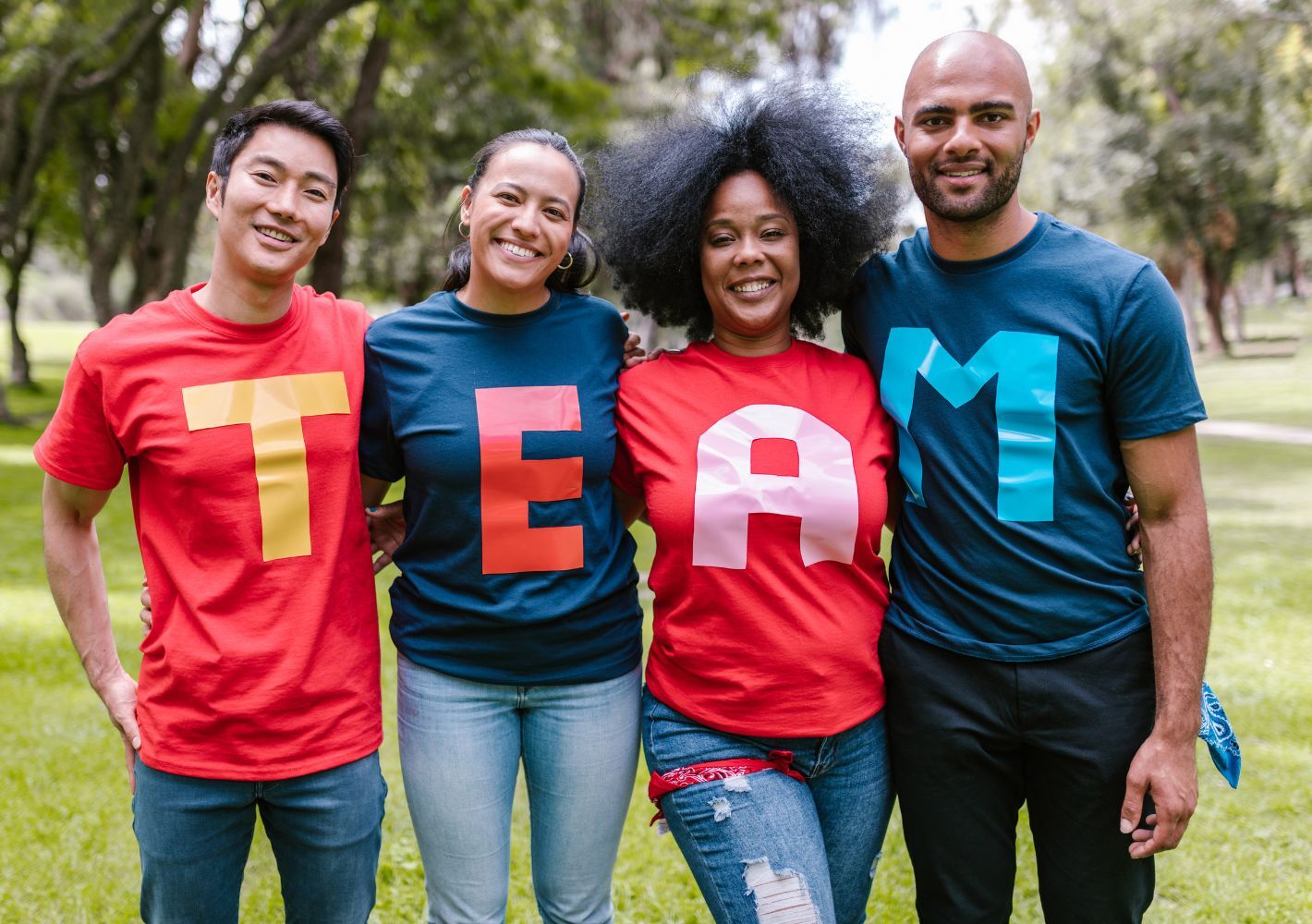When you picture a team retreat, you might imagine a packed agenda, large group activities, or a sprawling conference venue. But today’s lean teams—often stretched across locations, time zones, and responsibilities—require something different. They need intentional, high-impact experiences that strengthen connection without requiring days away or hefty budgets. That’s where DISC assessments come in.
Using DISC as a foundation for your retreat planning brings clarity, empathy, and a deeper understanding of how team members communicate and collaborate. Whether your retreat takes place in a conference room, a co-working space, or even virtually, DISC can transform your gathering from just another meeting into a powerful relationship-building opportunity.
Why Lean Teams Need Intentional Connection
Lean teams are agile by nature. With fewer people doing more work, trust and communication become mission-critical. But with the constant pressure to perform, there's often little time to step back and invest in understanding how team members interact, make decisions, and respond to pressure.
Retreats offer a rare pause. Even half a day carved out for reconnection can pay huge dividends in morale, productivity, and resilience. The key is making that time count, and that’s where DISC provides real value.
What is DISC, and Why Does It Matter?
The DISC model categorizes personalities into four distinct traits:
- D (Dominance): Risk-takers and self-starters, often focused on results and challenges.
- I (Influence): People-oriented, enthusiastic, and thriving in social interactions.
- S (Steadiness): Reliable and consistent, seeking stability and support.
- C (Compliance): Detail-oriented and analytical, valuing accuracy and quality.
Everyone embodies aspects of each type, but most people tend strongly toward one or two styles. By understanding these styles—both our own and those of our colleagues—we can reduce friction, anticipate reactions, and collaborate more effectively.
For lean teams, where individual dynamics can significantly impact the whole, this kind of insight is invaluable.
Designing a DISC-Informed Retreat Agenda
Even a half-day retreat can create powerful breakthroughs when DISC is woven into the experience. Here’s a sample agenda:
- Pre-Retreat: DISC Assessments for All Participants
Have team members complete their DISC assessments in advance. This allows for personalized reports that can be reviewed individually and then explored as a group.
- Frame the Purpose
Begin your retreat by setting the tone. Emphasize that this time is about strengthening connection and working smarter together—not fixing anyone’s personality.
- DISC Debrief and Group Learning
Walk through the four DISC styles using real examples and stories. Highlight the value each style brings and explore common challenges that arise between types.
Then, have team members share highlights from their own profiles. Prompt them to discuss:
- What energizes them?
- What tends to frustrate them?
- What helps them feel respected?
These conversations build empathy and uncover patterns that might otherwise go unspoken.
- Interactive Exercises and Team Mapping
Create simple exercises that bring DISC insights to life. For example:
- Group team members by dominant style and have them describe how they prefer to receive feedback or tackle a new project.
- Delve into the nuances of individual personalities using insights from the Behavioral Attitudes Index (BAI) and the 4D report. Encourage team members to share personal anecdotes or reflections related to their top BAI styles, fostering deeper connections beyond the workplace.
- Collaborative Problem-Solving
Apply DISC knowledge to real work scenarios. Role-play difficult conversations, plan upcoming initiatives, or solve common frustrations using DISC as a lens for understanding. This part of the retreat bridges insight and action.
- Wrap-Up and Application
Close with a commitment to applying DISC insights beyond the retreat. Discuss how team members can continue the conversation, adjust communication strategies, and support one another’s styles.
The Lasting Benefits of DISC for Lean Teams
Using DISC in your retreat won’t just boost short-term morale—it lays the groundwork for lasting trust. Team members leave with:
- Better self-awareness.
- A stronger appreciation for each other’s contributions.
- Tools to navigate conflict and collaborate more effectively.
- A common language to discuss interpersonal dynamics.
For leaders, it’s also a powerful diagnostic. Seeing where communication or productivity challenges overlap with DISC patterns can inform how you coach, delegate, and grow the team.
Lean Doesn’t Mean Disconnected
Small teams have the power to be nimble, tight-knit, and exceptionally efficient. But that only happens when every member feels seen, understood, and valued. DISC helps you build that foundation—not through generic trust falls or overstuffed agendas, but through meaningful insights and conversations.
Whether you’re planning a half-day reset or a full offsite, make DISC part of the experience. Your team will leave more aligned, more energized, and more connected.
Ready to Bring DISC to Your Team?
PeopleKeys offers DISC assessments and facilitation support that inspire businesses of all sizes, large and small. Whether your team is brand new or has been working together for years, we’re here to help you work stronger and smarter in the future.





